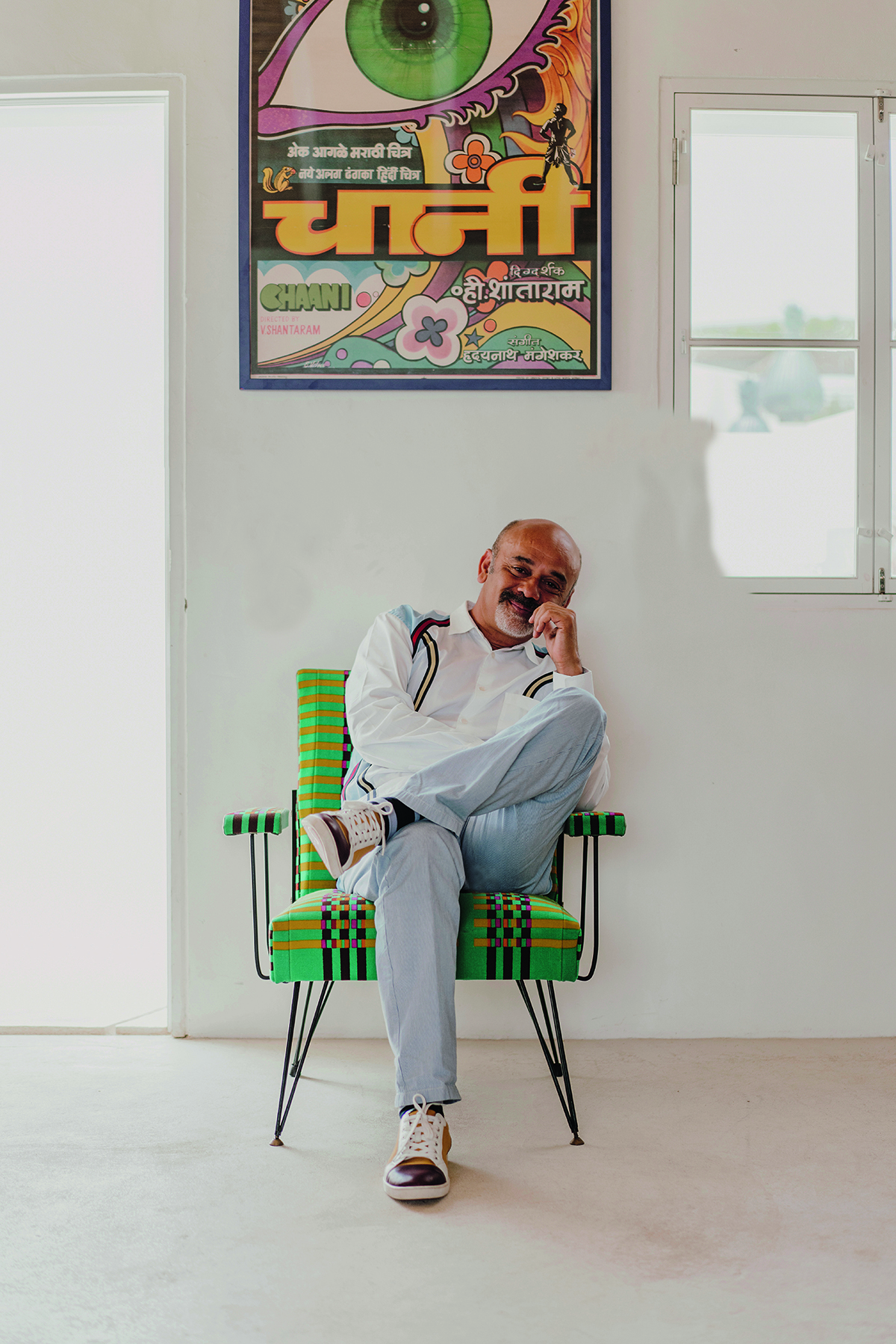
Legendary shoe designer Christian Louboutin. Copyright and courtesy Christian Louboutin
Superstar shoe designer Christian Louboutin, whose signature red-soled pumps with vertiginous stiletto heels are the de facto shows for glamourwear, has dominated luxury footwear since the nineties. Harriet Quick speaks to him about his long career, his charity work with actor Idris Elba, Kate Moss and sailing down the Nile
Good ideas take time to mature and, when entwined with hope and empathy, they can flourish. Such was the situation when Christian Louboutin picked up the phone to his friend, the actor Idris Elba, after the tragic murder of George Floyd in May 2020. Both were in deep shock, amplified by the isolation of lockdown, and wanted to do something, to take action. Louboutin, remembering his friend enjoyed sketching designs for shoes, proposed a philanthropic venture: Walk a Mile in My Shoes. In essence, a capsule collection of shoes with 100 per cent of the profits going to benefit charities fighting oppression and advancing racial justice, equal rights and access.
Follow LUX on Instagram: luxthemagazine
Elba immediately said yes and proposed the idea to his wife Sabrina on her birthday. She was over the moon. “Not to act, to remain silent was not an option – I knew this in my heart,” says Louboutin. “We decided that if there is a message – it has to be optimistic. I don’t want to emphasise the toughness of reality and we picked organisations that are proactive. We want to show that we can all do better and drive optimism,” says Louboutin.
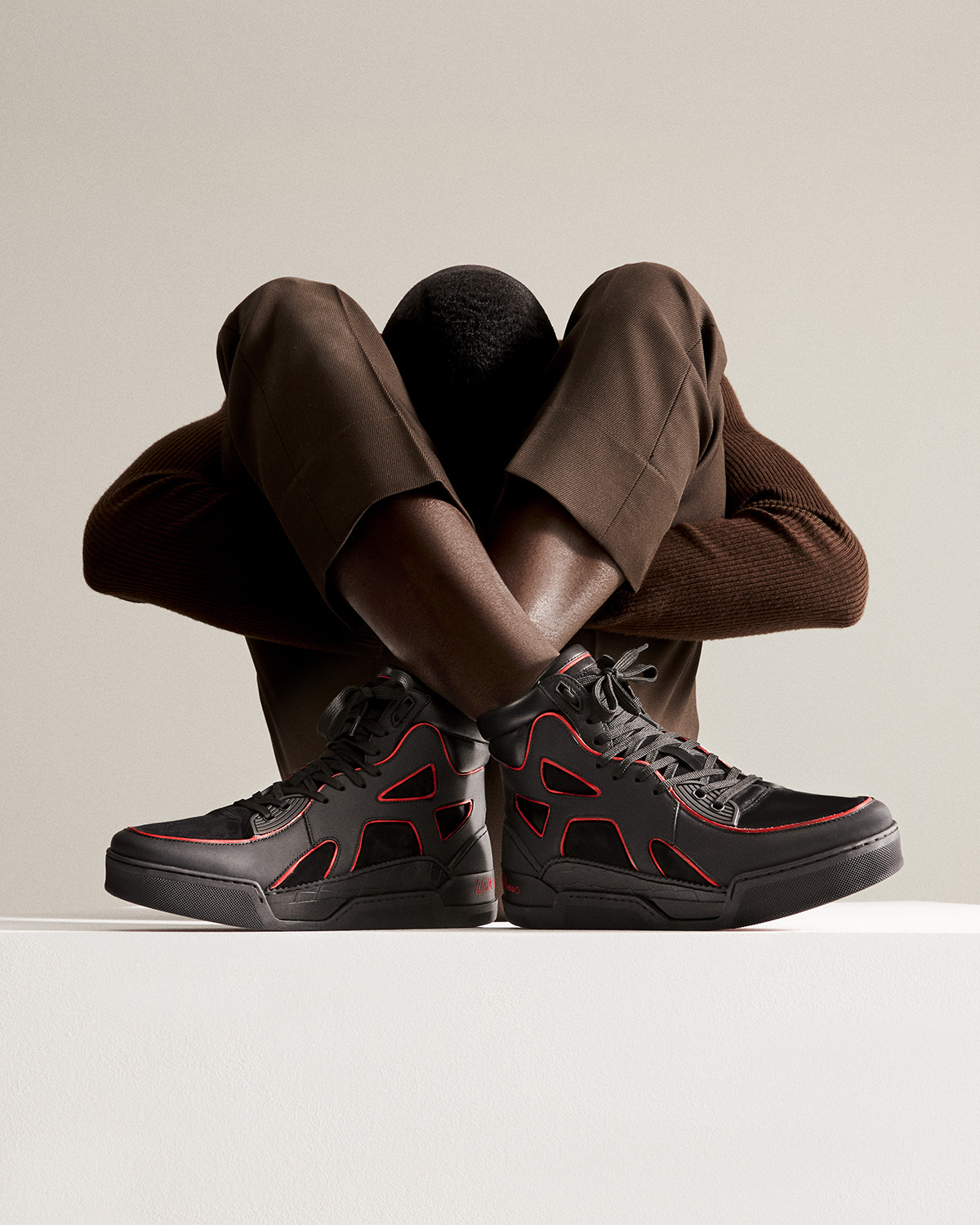
The 1988SL high-top sneaker designed by Idris Elba from the Walk a Mile in My Shoes collection. Copyright and courtesy Christian Louboutin. Image by Julien Vallon
The friends got to work choosing designs for the collection, which was launched in June 2021. It includes the 1988SL sneaker designed by Idris, a suede calfskin pump with the Walk a Mile message embroidered in signature Louboutin red on the upper, and a birds-of-paradise print skate shoe and stiletto. The phrase was chosen by Elba and references Kim Abeles’s 2014 public artwork dedicated to Martin Luther King in Los Angeles. “I wanted to make sure the styles were already in my collection, as this is about giving money to people and not using funds for design and research. Sabrina really drove the charity side, choosing organisations that have a positive impact,” says Louboutin of the beneficiaries, including the Somali Hope Foundation, Purposeful in Sierra Leone, which supports marginalised young women, Gathering for Justice in the US founded by Harry Belafonte, the Be Rose International Foundation’s work in Sierra Leone, and Immediate Theatre in east London.
Read more: Emilie Pastor & Sybille Rochat on Nurturing Artistic Talent
The scale and scope of the initiative is impressive and inspiring. While charitable products often fall short on desirability, here is a collection that one would be proud to wear, as it is infused with the wit, optimism and elegance that is part of Louboutin’s DNA. The French Egyptian designer, now 58, has always been driven by passion coupled with a deep knowledge and expertise in his craft. Louboutin became fascinated with shoes in the mid-seventies. A visit to the Musée national des Arts d’Afrique et d’Oceanie on the Avenue Daumesnil in Paris was a turning point. It was there that he saw a sign from Africa forbidding women wearing stilettoes from entering a building for fear of damage to the wood flooring. Louboutin was enraptured by the poster image of a stiletto and set out to create designs that made women feel empowered and not embarrassed or compromised. “I could not believe the elegance of these shoes and became obsessed with them,” he remembers.
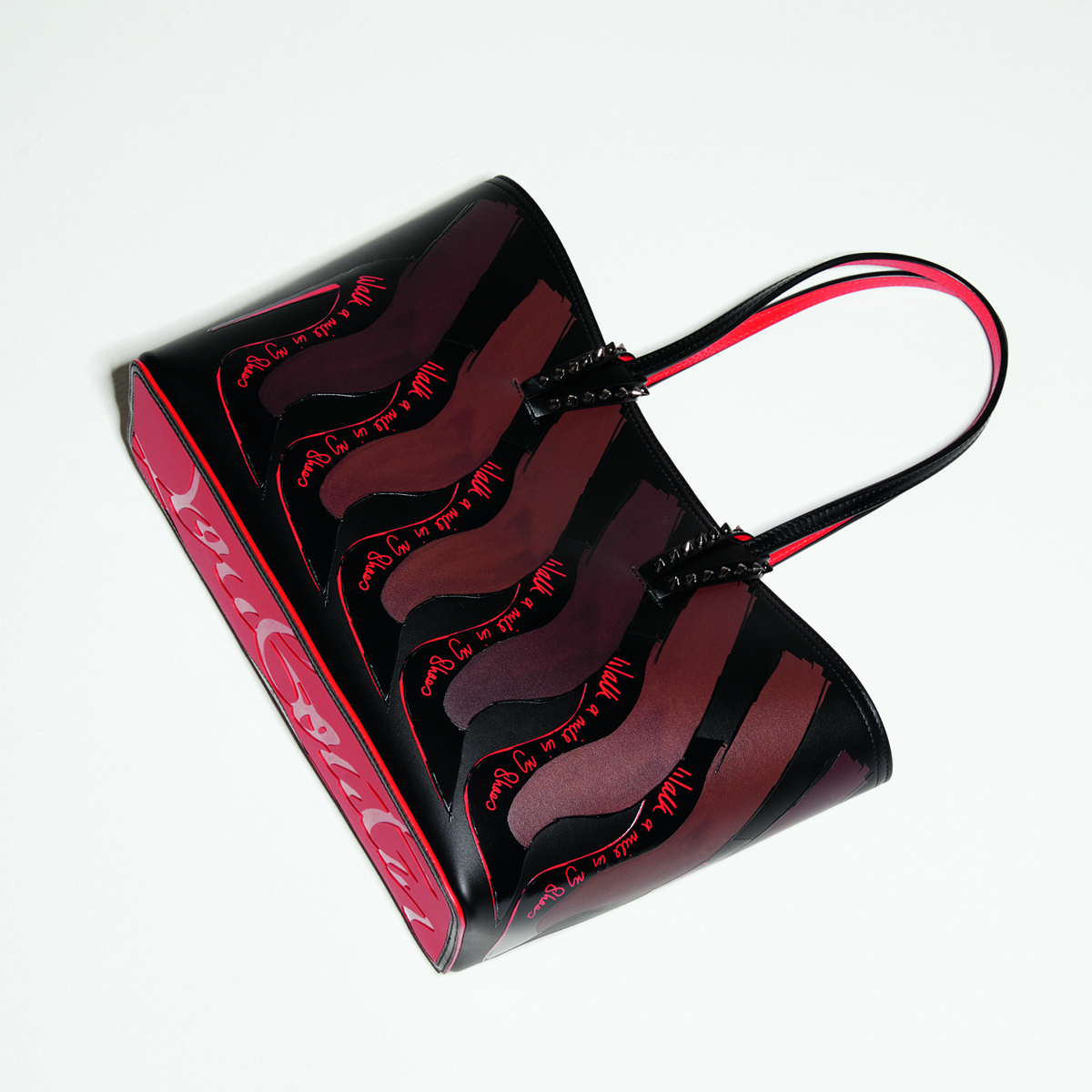
Small tote bag from the Walk a Mile in My Shoes collection. Copyright and courtesy Christian Louboutin.
With no formal training, Louboutin learned by sketching and by studying the craft until he was hired by Charles Jourdan and, later, the highly inventive shoe maestro, Roger Vivier. By 1991, Louboutin had opened his first store in the Galerie Véro-Dodat and went on to sell internationally, building fame and fortune around his bestselling black patent, red-soled stilettoes that rose to 120mm and showed off ‘toe cleavage’. Indeed, it was Louboutin who became one of the first superstar shoe designers building a brand that became associated with fetish and fantasy. He has been to court on numerous occasions to protect the trademark red sole that over the decades has been widely copied. To balance and dance gracefully on these leg-lengthening, needle-thin points was, and still is, considered the quintessence of chic, a triumph of style over the quotidian. Like Manolo Blahnik, Guiseppe Zanotti and Vivier, Louboutin excelled in making the shoe an object of wonder. “My wardrobe is brimming with Louboutins,” Kate Moss told Vogue in 2014. “The classic Pigalle stiletto in patent or matt-black leather is my go-to shoe. I have so many pairs that Christian designed a style with a sharper point and nail-thin heel which he named the So Kate.”
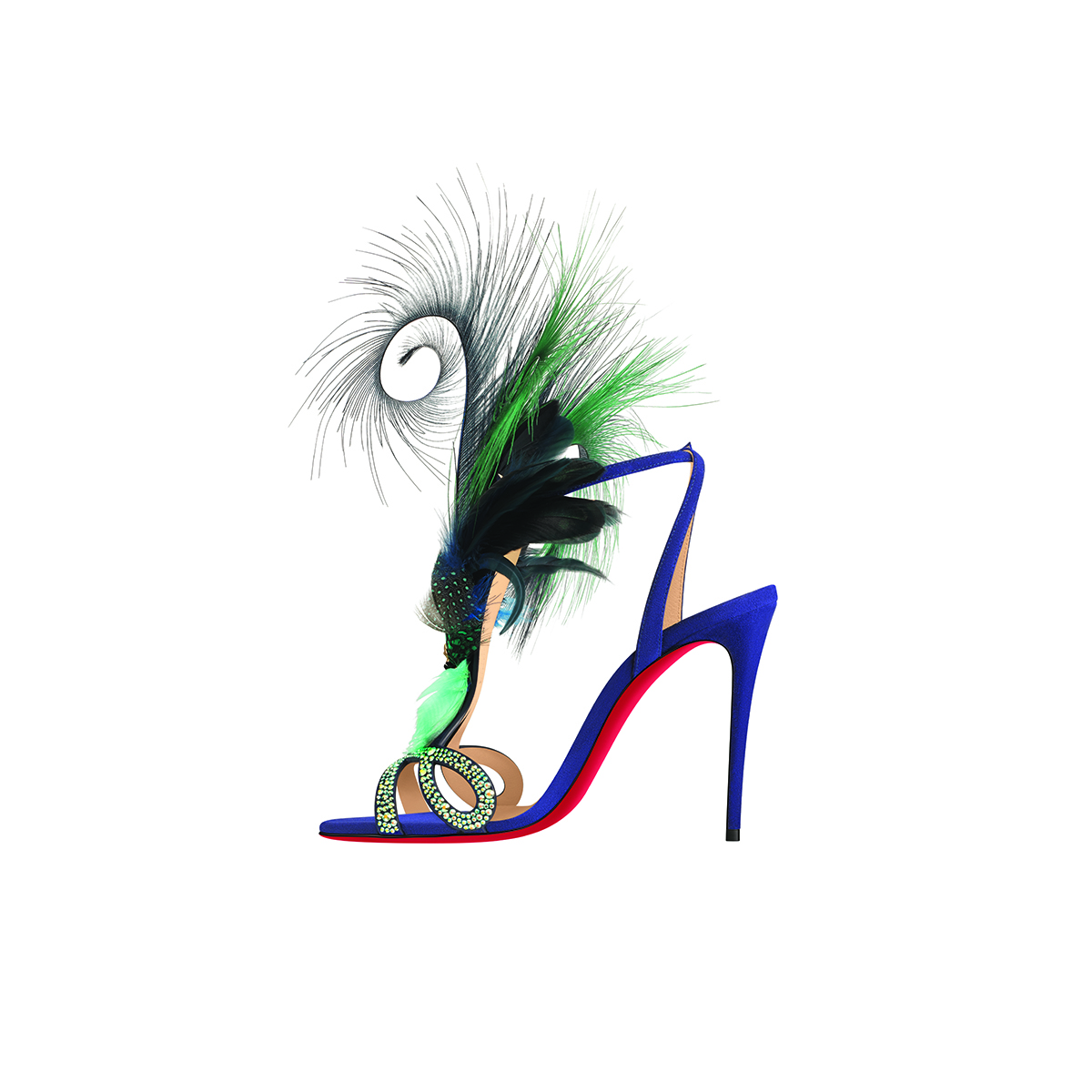
Louboutin’s reworked Double L sandal for the Oiseaux du Paradis capsule collection, launched in September 2021
As we all adopted Birkenstocks and trainers during 2020, it might not have been a great year for heels but it was a significant year for Louboutin. He spent much of it in his home in Portugal, blessed by the fact he could enjoy his garden and the company of his children. “There was a form of solidarity as everyone was in deep shit. Businesses were drowning and it was happening across the board. I understand that I could not get too pissed or angry if I had no control over the situation. Why beat your own head? I was not locked in a small apartment, and I took measure of the levels of comfort and privilege that surrounded me. I took the upside: there was no way to complain about my situation,” says Louboutin, who talks energetically and whose conversation is constantly punctuated with smiles and those inimitable French hand gestures and raised eyebrows. “It slowed my pace and that’s a good thing. I had more time to think and concentrate. I took it as a message, an opportunity to reformulate, and go into ideas, develop creativity. You realise nature is constantly replenishing – after three months the air was cleaner, the waters were clearer in Venice and Paris, and animals returned to the city. If we give nature a chance, it will recover much more quickly. We all experienced that reality,” he says of the learning.
Read more: Prince Robert de Luxembourg on Art & Fine Wine
Out of adversity, there come opportunities. Louboutin also had the chance to weigh up and analyse the future of his business, which encompasses sales through approximately 150 department stores in more than 35 countries, a beauty line that he launched with nail lacquer in 2014 (it is now licensed to Puig), men’s and women’s collections as well as accessories. A promising suitor came in the shape of Exor NV, the luxury group owned by the Agnelli family in Italy. In March, Louboutin sold 25 per cent of the business for €541m, a figure which gives a clear indication of the value and promise of the brand which has seen remarkable success in Greater China where there are six stores. Exor, which is chaired by chief executive John Elkann, also has investments in Ferrari, PartnerRe, Shang Xia and Juventus FC.
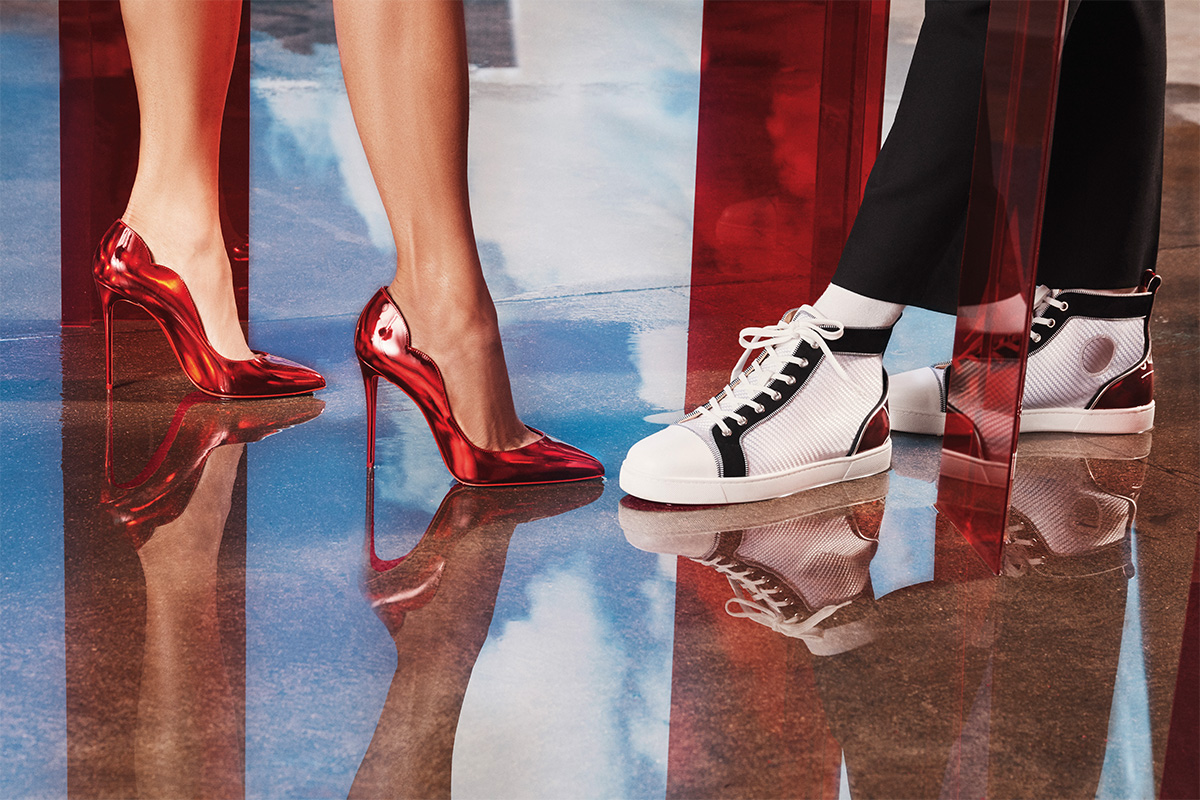
The Hot Chick pump and Fun Louis sneaker from the AW21 collection. Copyright and courtesy Christian Louboutin
“The best business partner is one that enhances your way of thinking. We will remain the same and no one wants to interfere with how we do things – we have the same team and now we have solid partners who are great thinkers. The Agnellis are a family of entrepreneurs and I respect that,” says Louboutin, who works alongside his business partner, Bruno Chambelland.
“In the next five years, we will ‘muscle’ digital. We already have a successful e-commerce [side of our business] but digital is a bigger world encompassing operations and logistics. And we will also be looking at sustainability but not as a trend. In these matters, because sustainability is a complex science, you need to practice precaution and responsibility and have the time to take the right measures. It’s not about jumping on the first idea – this is a serious issue, and you have to be accurate,” says Louboutin, taking a balanced approach to fashion’s hot topic.
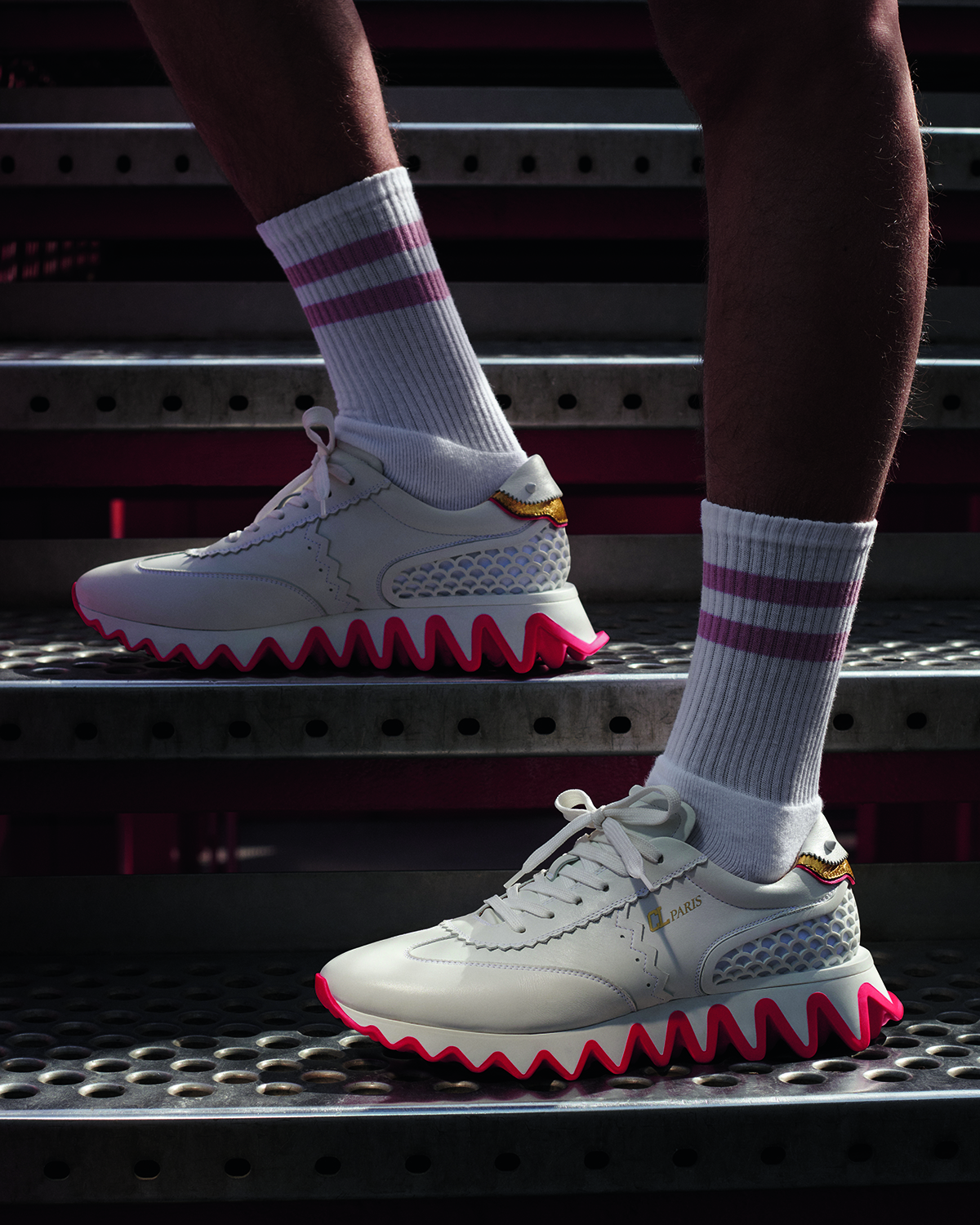
The Loubishark Flat trainer from the AW20 collection. Copyright and courtesy Christian Louboutin
Louboutin has a fresh outlook. He also sees great potential in the gaming world and has created a dematerialised Loubishark sneaker with a Pop Art graphic shark-tooth-style sole for sites. “Gaming has an interesting aesthetic and there is a distinct visual language which I find so fascinating. Since I was a teenager, I have liked calligraphy and optics and this is like learning a new code,” he says. Take a tour of the brand’s Instagram feed and its website and you can see playful virtual and augmented realities in the LoubiFuture world. The retro-futuristic vibe is playful and dynamic, just like the vibrantly coloured collection. There was also the chance to immerse yourself in Louboutin’s imagination at ‘L’Exhibition(niste)’, a monograph show at the Palais de la Porte Dorée in Paris in 2020 where the designer’s sense of showmanship and theatre were celebrated.
Read more: Molori Designs Founder Kirk Lazarus on Ultra Bespoke Luxury
His own sense of luxury is more shaped by the real world. He owns a 13th-century château in the Vendée and a beautifully restored 100-year-old sailing boat which is moored on the river Nile. When visiting the boat, he says, “by the second night, the stress of the city has evaporated. I’m looking at this beautiful panorama at a pace that is caressed by the wind. There is no motor, so if there is no wind, you stop. I love to sketch on the river with the landscape passing by. Everyone is affected by stress – even if you adore your working life, it’s important to extract yourself,” says Louboutin.
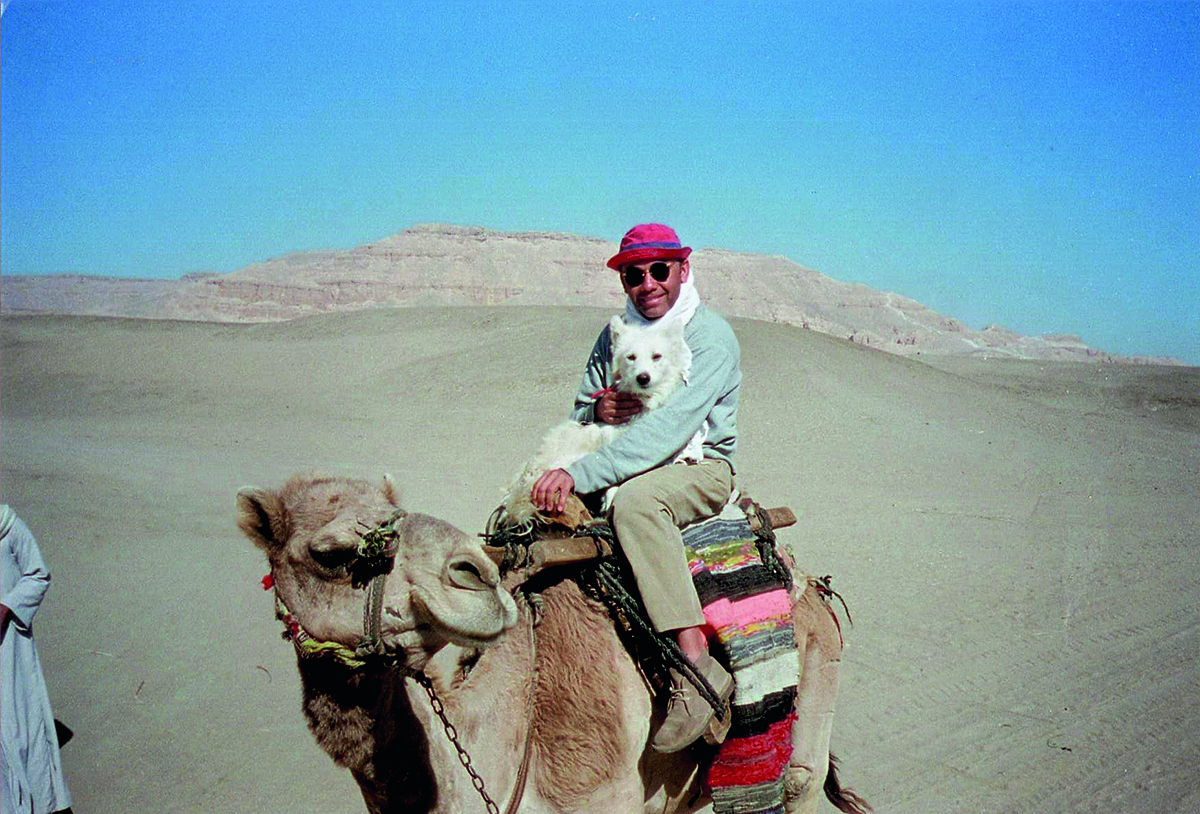
Christian Louboutin in Egypt, 1999. Copyright and courtesy Christian Louboutin
“Luxury – it has to create a form of reverie. Yet, it’s a huge word and belongs to so many territories. My luxury is not to buy expensive things – I see luxury as a door, an exit that allows for the freedom of mind and identity. And to have that escape is necessary for wellbeing,” says Louboutin. Being able to realise his own dreams has also made him something of a role model for a younger generation. If his twenty-year-old self could see his fifty-something self now, what would he see? “I would see a man living through his dreams. I would look at that person and see someone who tried not to live through preconceived ideas and who has a voice and that means someone who also listens,” says Louboutin. “Success is an added value.”
Christian Louboutin on how male/female fluidity is affecting his design thinking
“Something that has affected my design in recent years is the shifting of identities and the fact that I was compartmentalised between men and women before. That has dissolved for me into another way of thinking about male and female identity. Now, I have a freer way of designing. Outside of the traditional stereotypes, there is a bit of the showman in every man, and this is a new discovery.”
Find out more: christianlouboutin.com
This article was originally published in the Autumn/Winter 2021 issue.



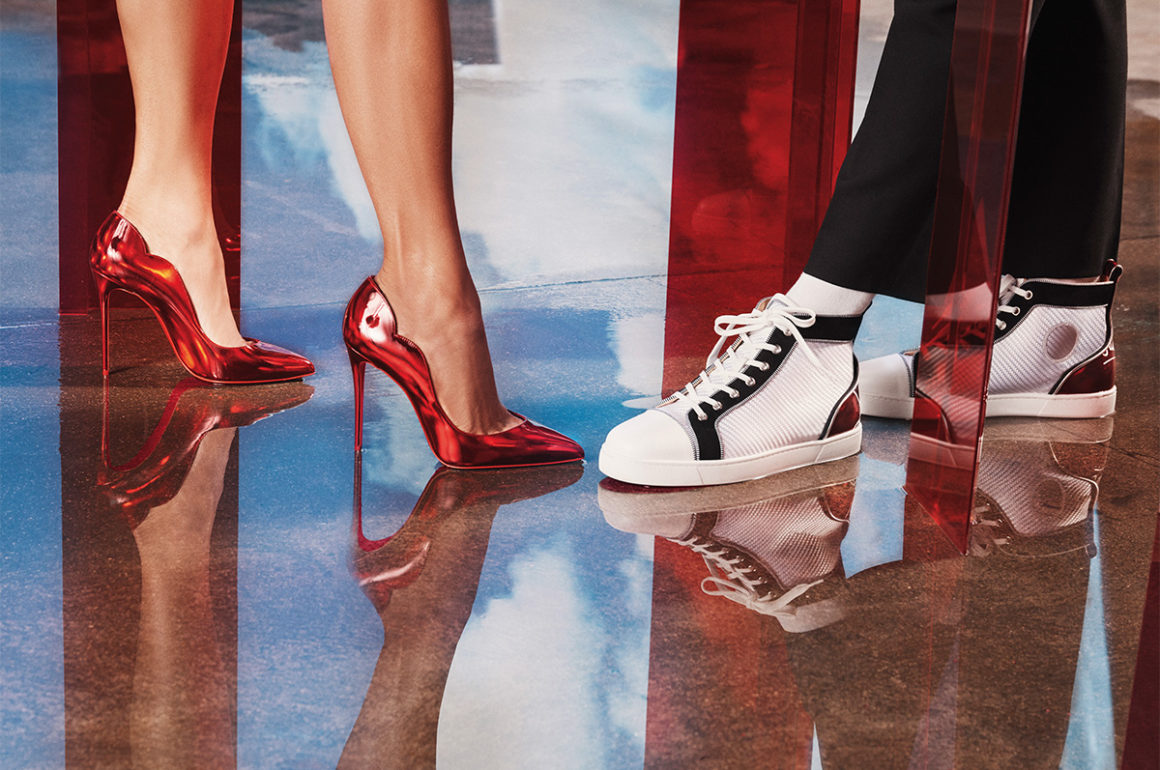
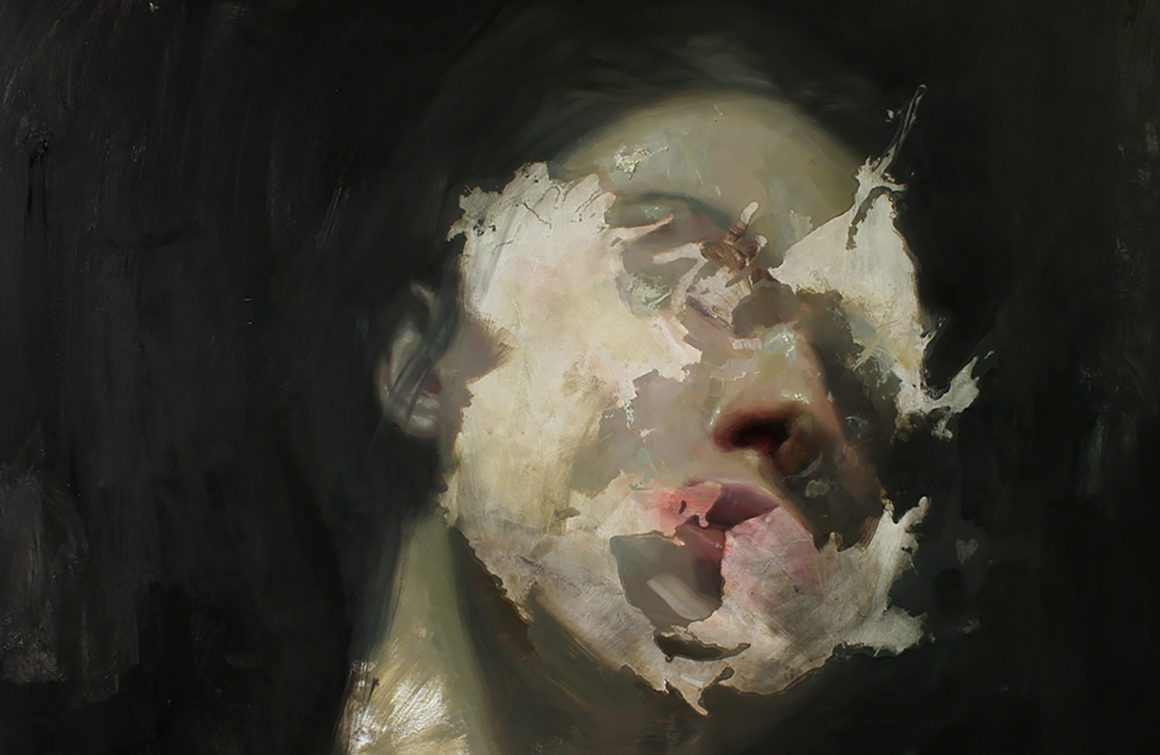
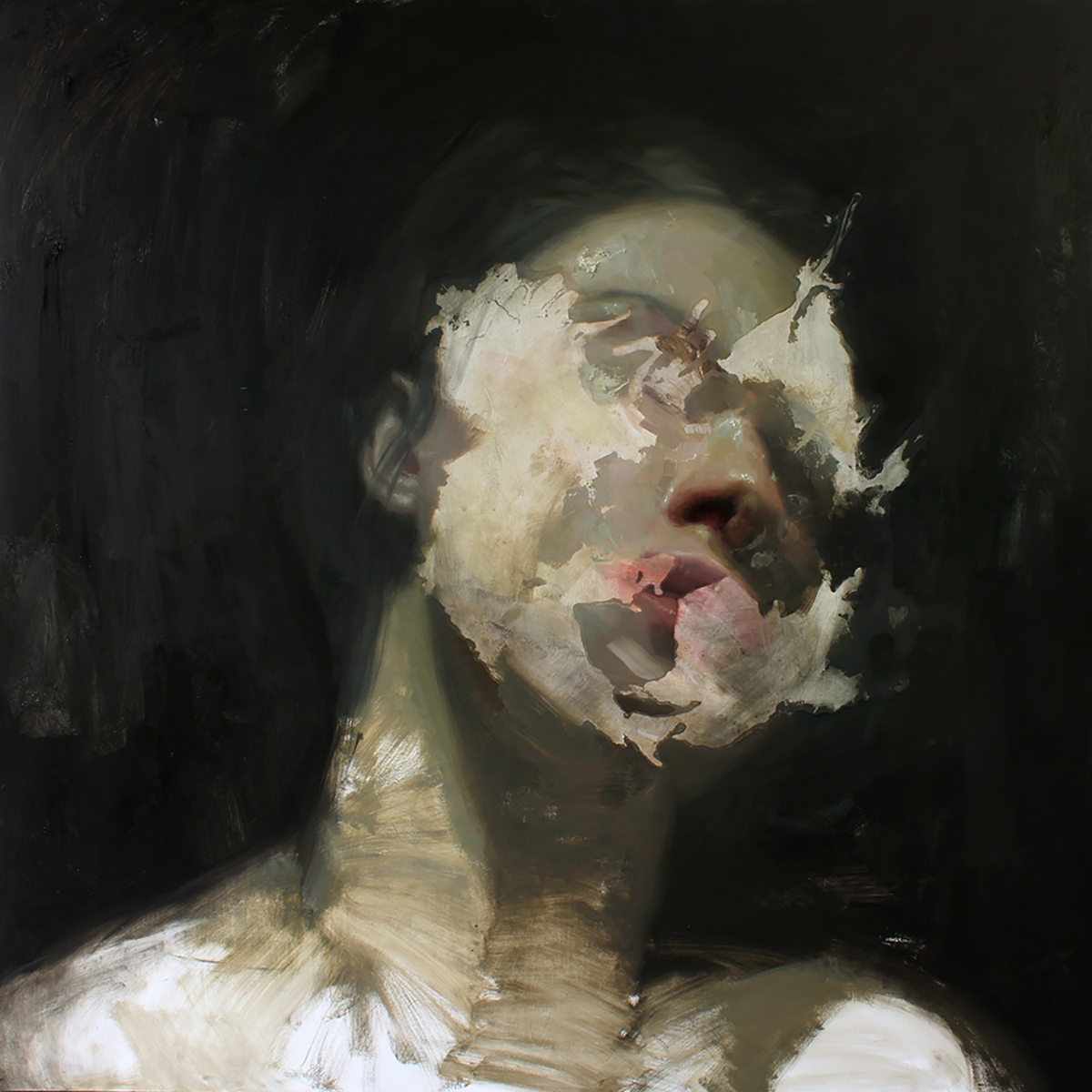
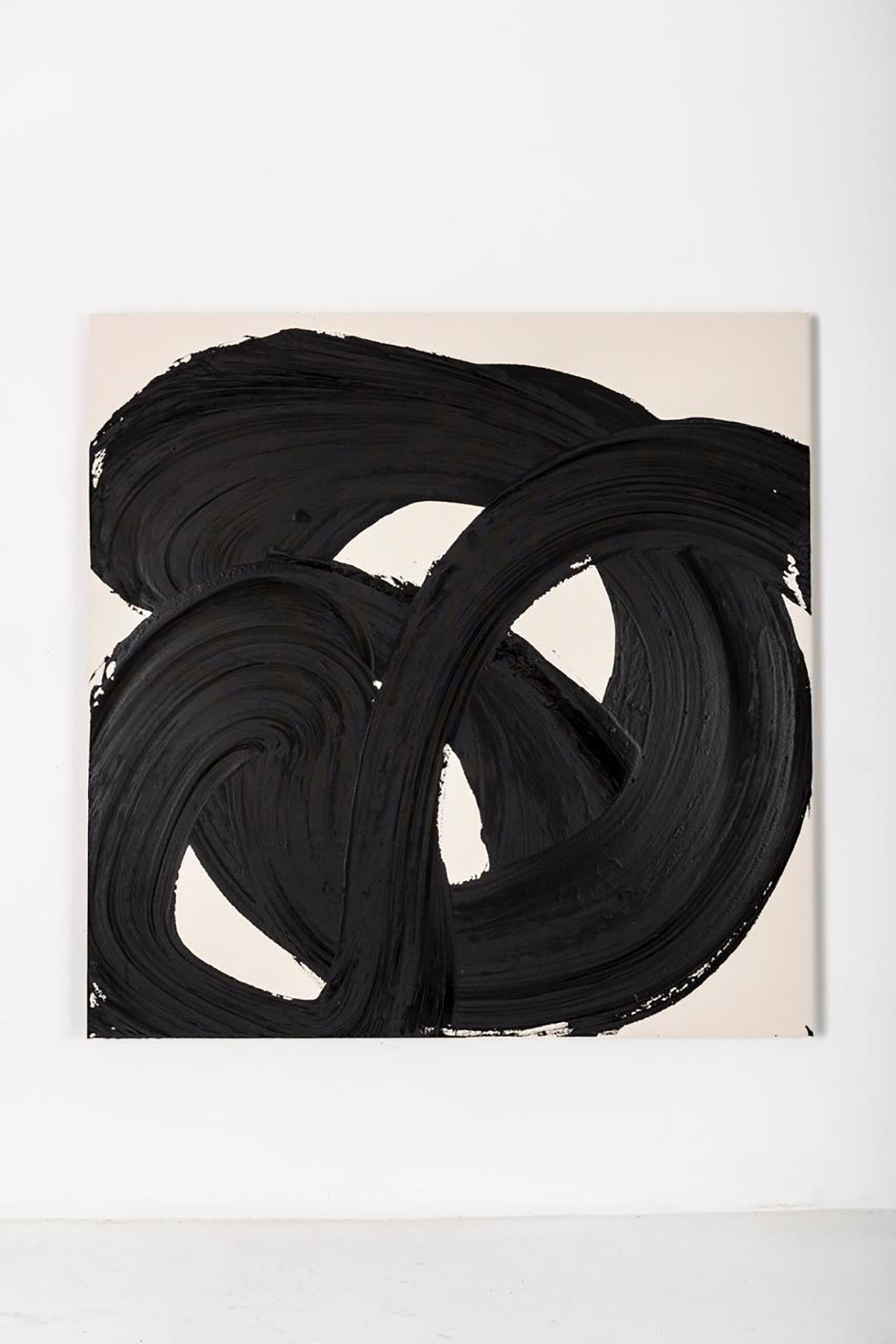
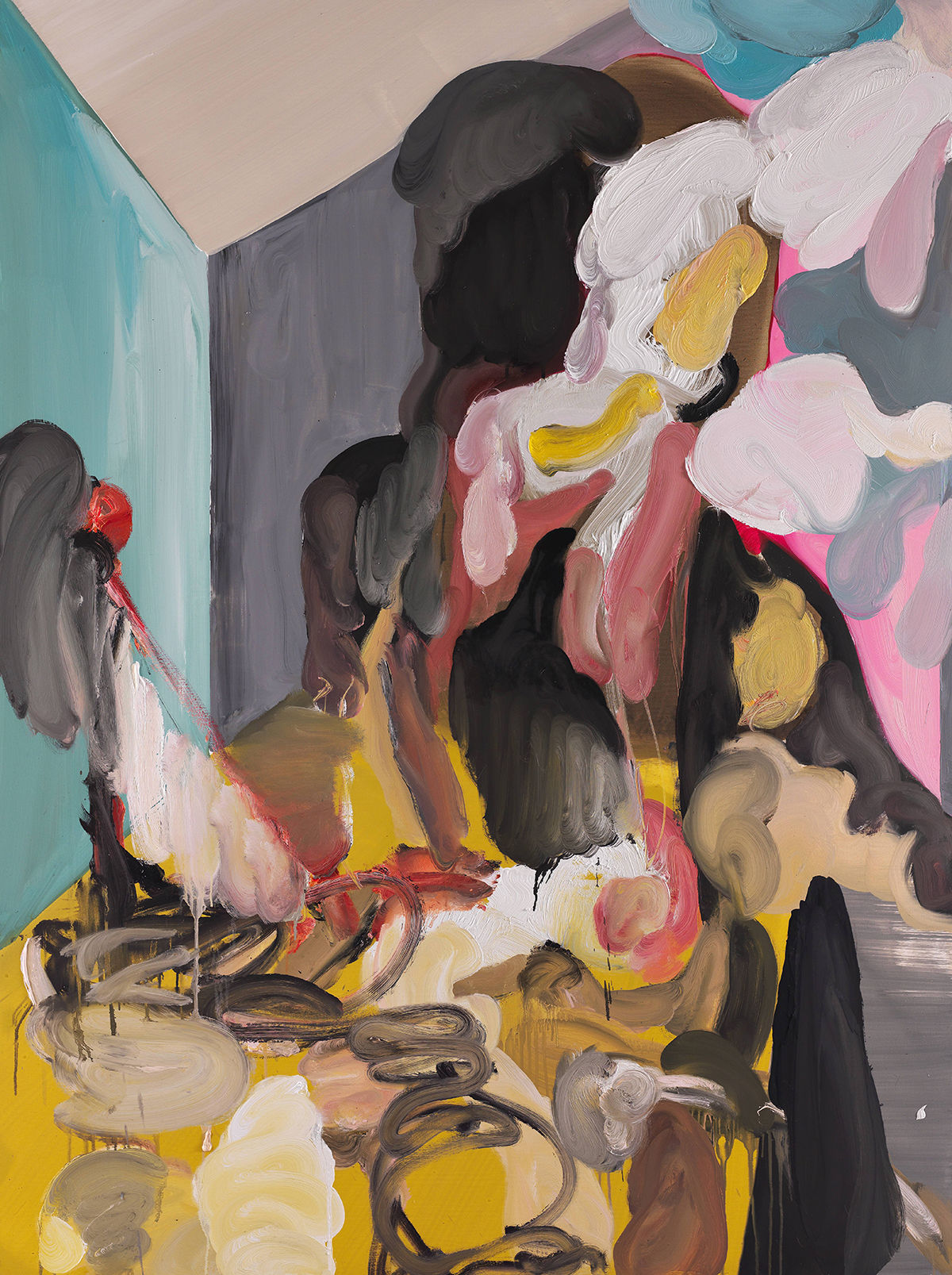

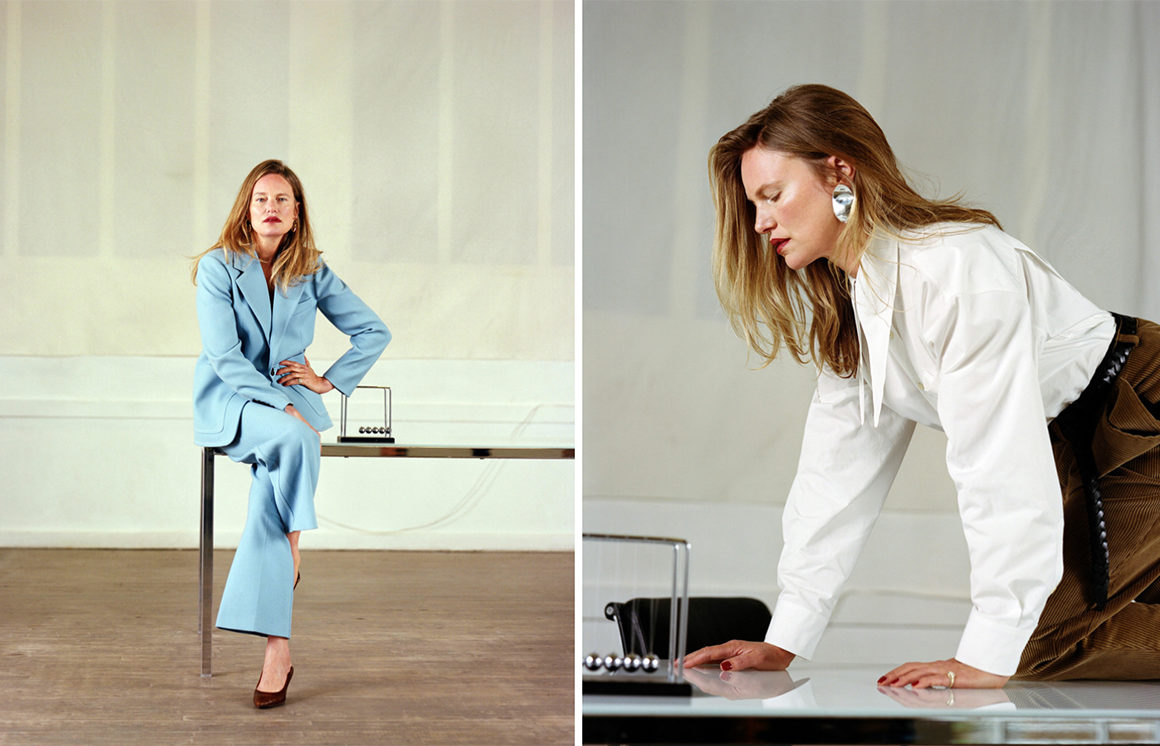
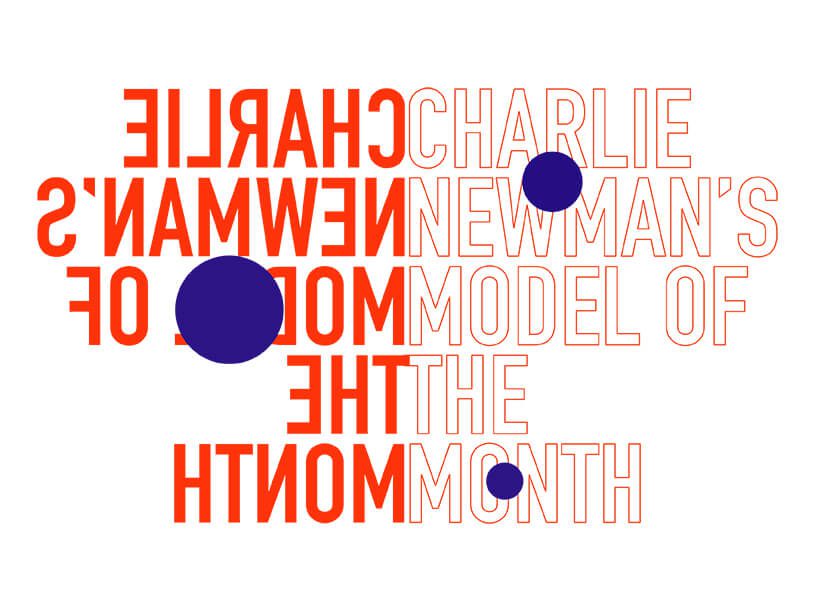
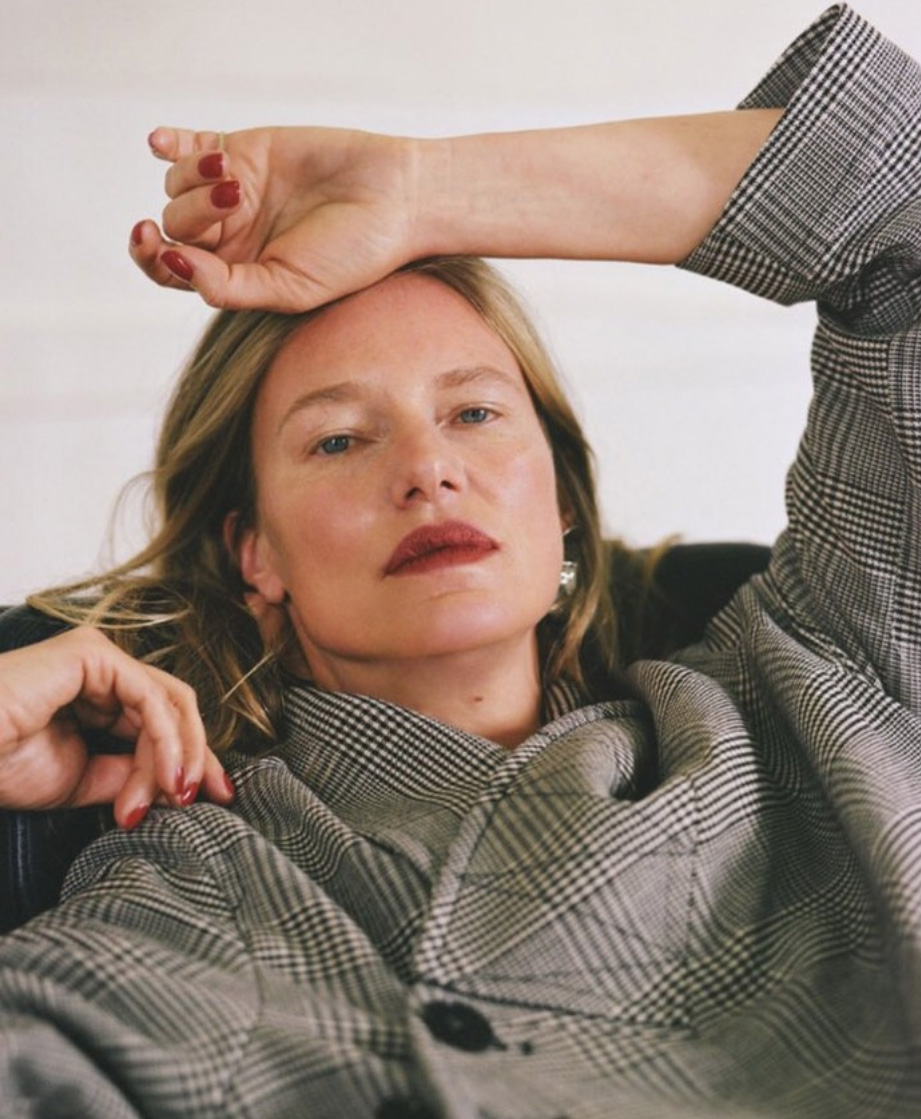
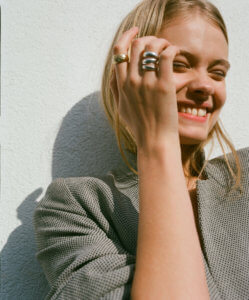
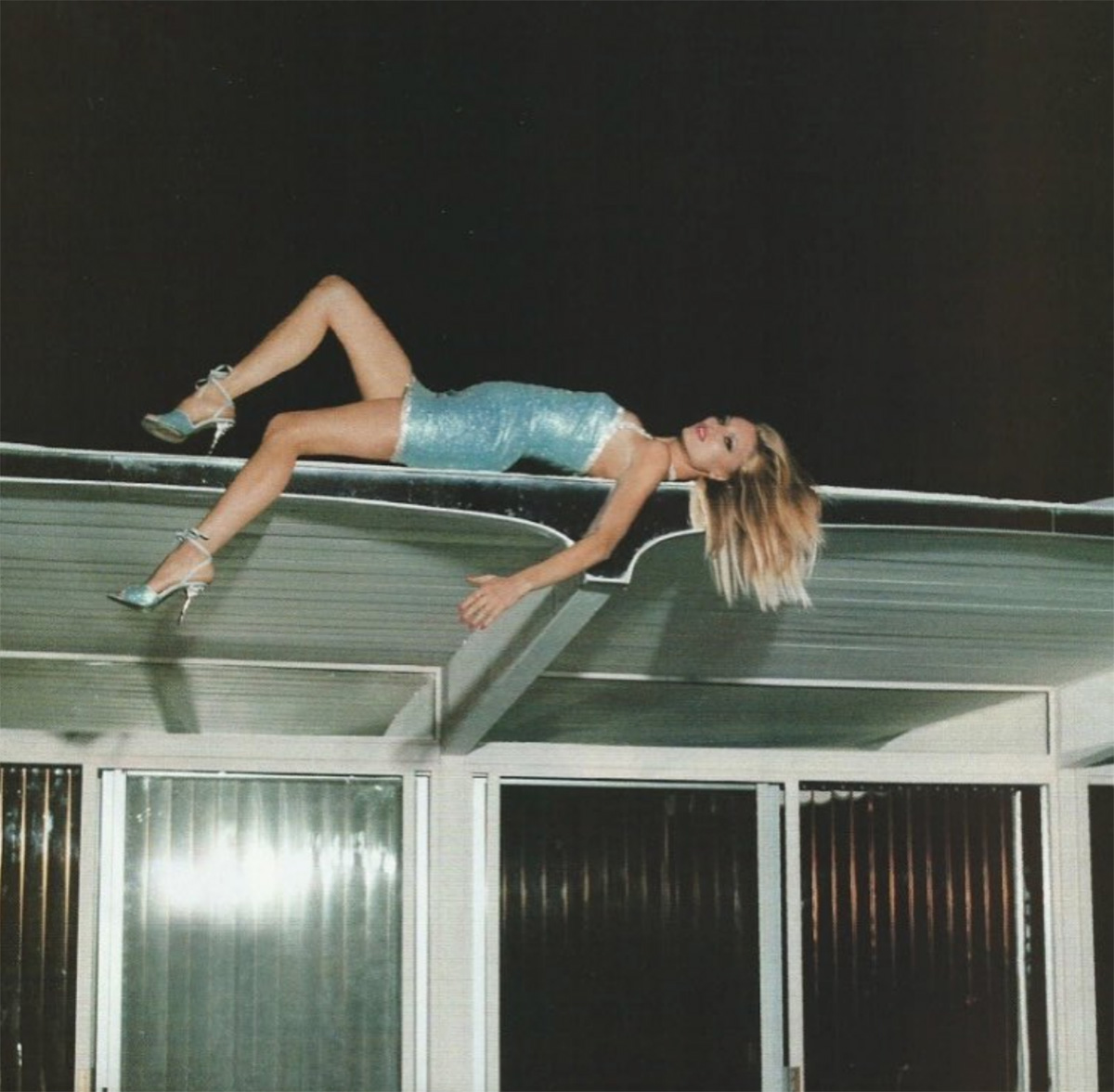
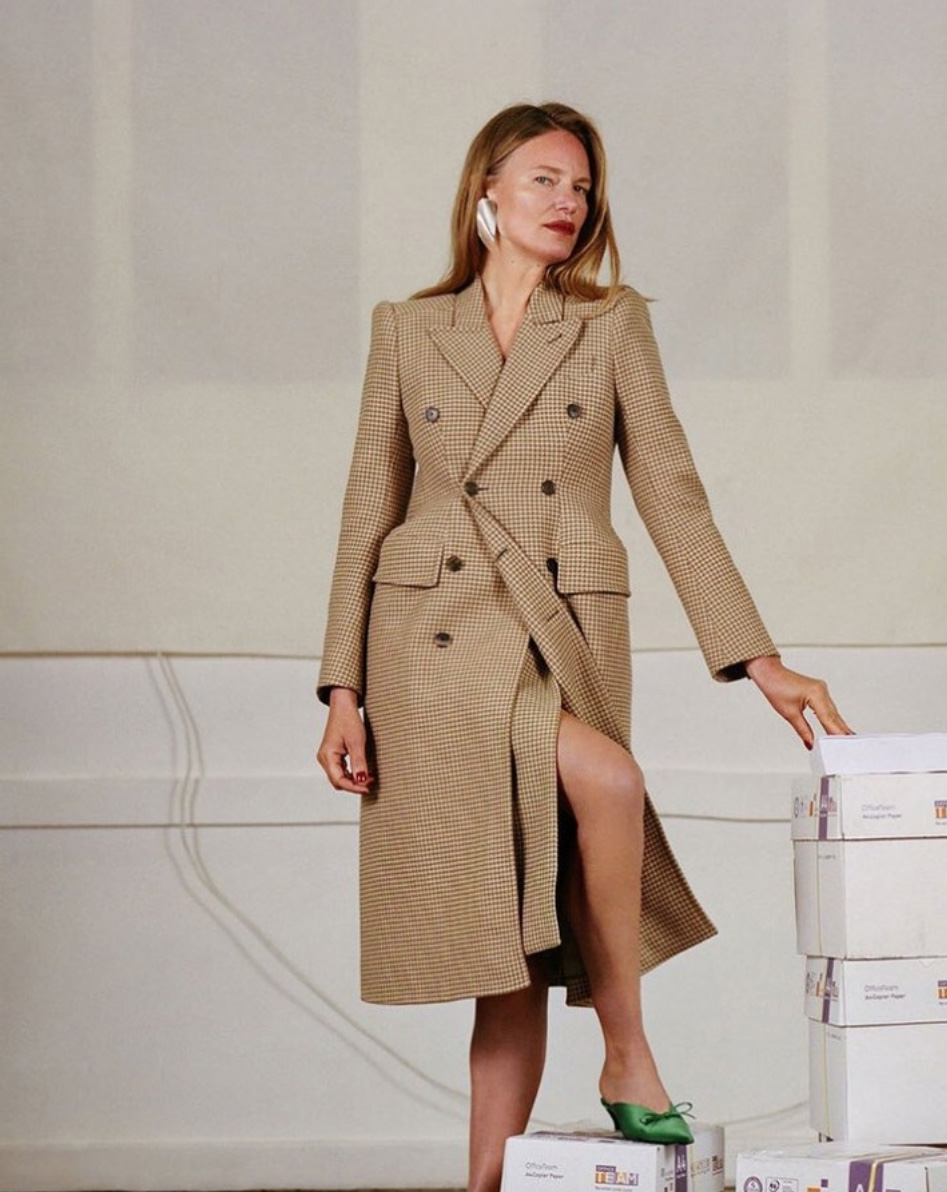
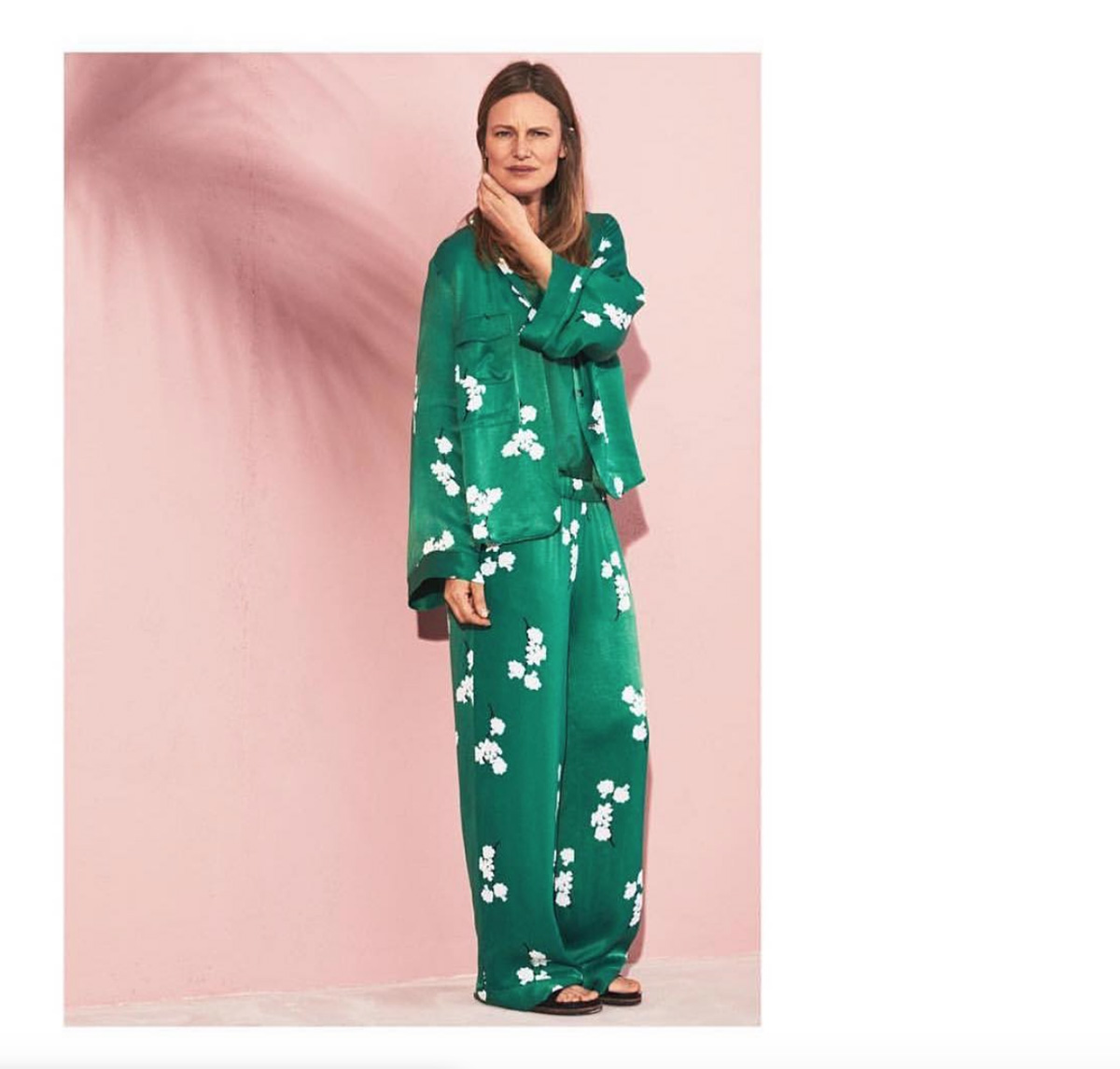





Recent Comments